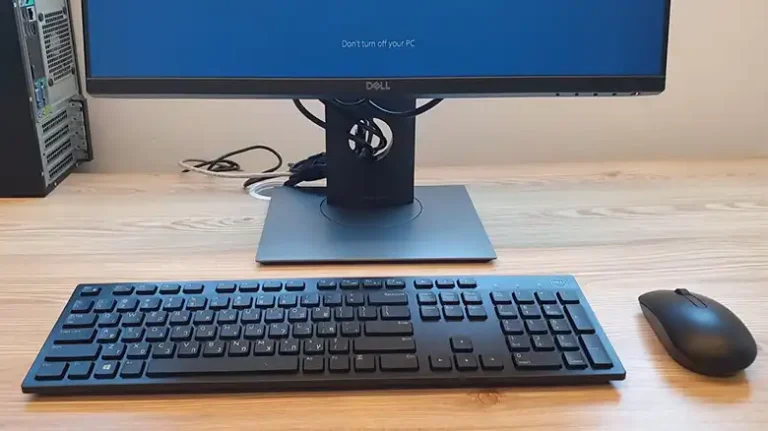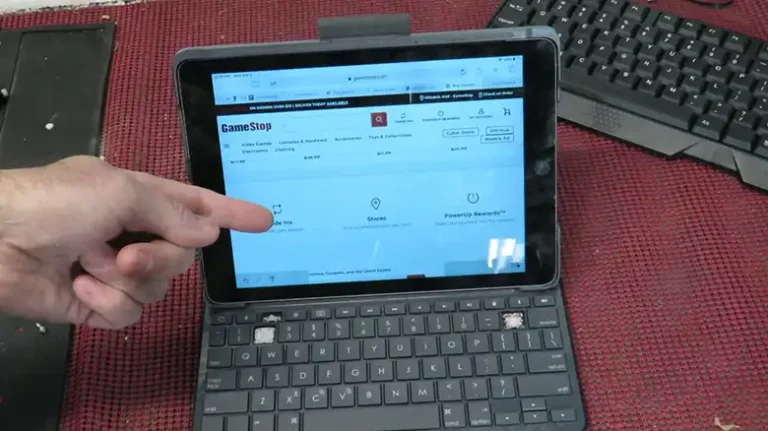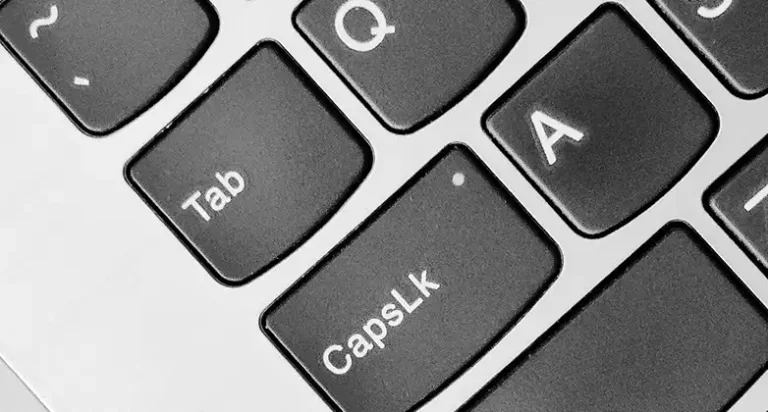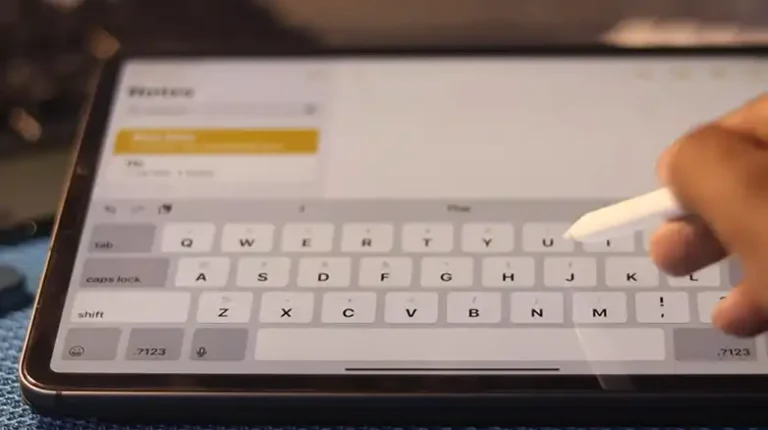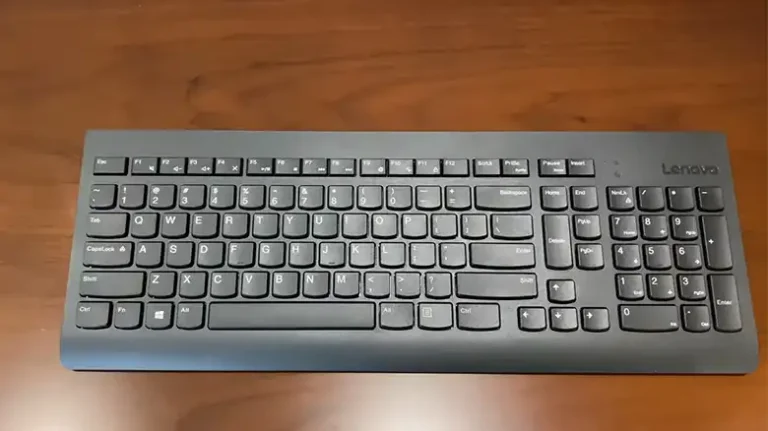[Explained] Why Is My Keyboard Not QWERTY?
Hey there, fellow keyboard enthusiasts! Have you ever found yourself in a situation where you sit down to type on your computer or smartphone, and suddenly, the familiar QWERTY layout has gone AWOL It’s like your keyboard decided to pull a prank on you, leaving you wondering, why it’s happening. It happens when you have changed the layout or using a non-QWERTY keyboard.
Well, fear not, because, in this article, we’re going to unravel this keyboard mystery, explore the reasons behind it, and guide you on how to reclaim your beloved QWERTY layout.
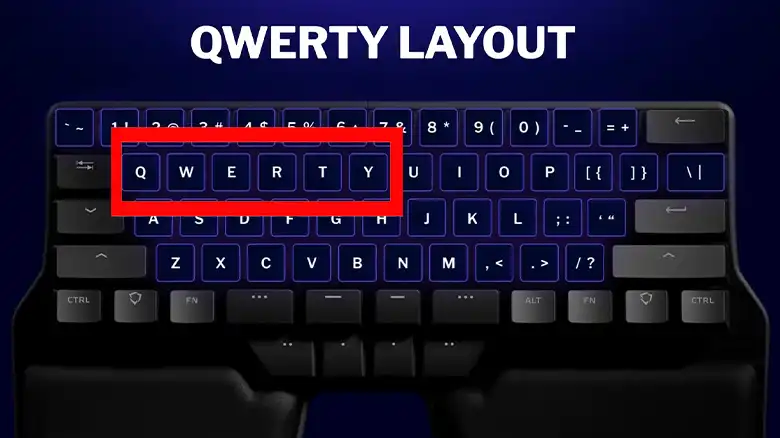
Reasons Why the Keyboard Isn’t QWERTY
There are a few reasons why your keyboard might not be QWERTY. Here are they, read carefully and find out which case happens to you.
Reason 1 – You Live In A Country Where A Different Keyboard Layout Is Dominant
For example, the QWERTZ layout is used in Germany, Austria, Switzerland, and many other European countries. The AZERTY layout is used in France, Belgium, and some other French-speaking countries.
Reason 2 – You are Using A Specialized Keyboard Designed For A Specific Purpose
For example, gaming keyboards often have a different layout than standard keyboards, with more keys dedicated to common gaming functions. Programming keyboards may also have a different layout, with keys grouped together to make it easier to type commonly used programming symbols.
Reason 3 – You have Customized Your Keyboard Layout
Most operating systems allow users to customize the keyboard layout to their own preferences. For example, you could create a custom layout that places the most frequently used letters on the home row or one that groups together keys that are commonly used in certain applications.
What to Do to Get Back the QWERTY Layout?
Now that we’ve demystified the reasons behind your keyboard’s rebellious behavior, let’s discuss how to restore the QWERTY layout you know and love.
Way 1 – Check Your Keyboard Layout Settings
To change the keyboard layout on Windows –
- Open the Settings.
- Click on Time & Language.

- Click on Language.
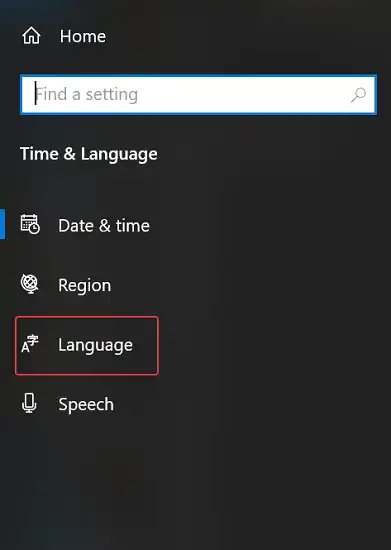
- Under the Preferred Languages section, select the language that you want to change the keyboard layout for.
- Click on the Options button.

- Under the Keyboards section, click on the Add a Keyboard button.
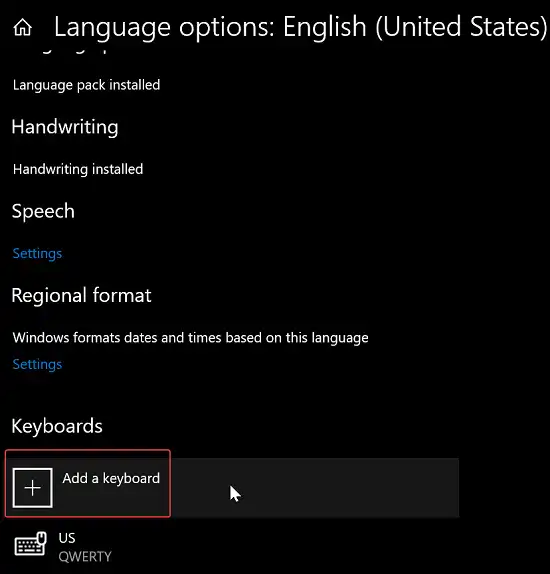
- Select the keyboard layout that you want to add.
- Click on the Add button.
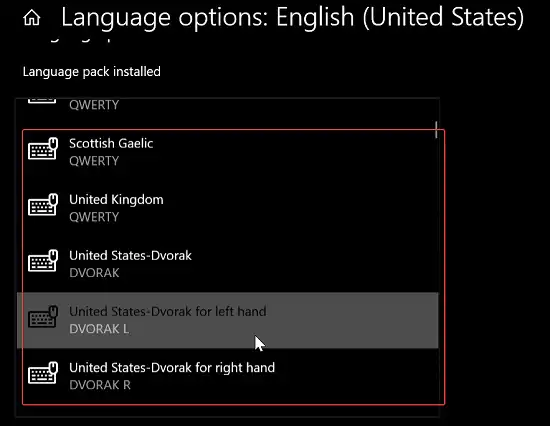
After changing the layout, you also get back to the previous layout, if you want.
To switch between keyboard layouts on Windows:
- Press and hold the Windows key and press the Spacebar.
- Click on the language abbreviation in the notification area at the far right of the taskbar.
- Click on the keyboard layout that you want to switch to.
To change the keyboard layout on macOS:
- Open the System Preferences app.
- Click on Keyboard.
- Click on the Input Sources tab.
- Click on the + button to add a keyboard layout.
- Select the keyboard layout that you want to add.
- Click on the Add button.
To switch between keyboard layouts on macOS:
- Click on the Input Menu icon in the menu bar.
- Select the keyboard layout that you want to switch to.
Way 2 – Use a Keyboard Layout Switching Tool
There are a number of keyboard layout-switching tools available for Windows and macOS. These tools allow you to quickly and easily switch between different keyboard layouts.
Some popular keyboard layout-switching tools include:
- Keyboard Layout Switcher for Windows
- Karabiner Elements for macOS
To use a keyboard layout switching tool, simply install the tool and then follow the instructions to configure it. Once the tool is configured, you can use it to switch between keyboard layouts with a keyboard shortcut or by clicking on an icon in the system tray.
Way 3 – Reset Keyboard Settings
If your keyboard layout is all messed up, you can try resetting your keyboard settings. This will restore your keyboard layout to its default settings.
To reset your keyboard settings on Windows, follow these steps:
- Press the Windows key + R to open the Run dialog box.
- Type control and press Enter.
- In the Control Panel window, click on Clock, Language, and Region.
- Click on Change input methods.
- Click on Advanced Settings.
- Under Reset keyboard settings, click on the Reset keyboard layout button.
- Click on OK.
To reset your keyboard settings on MacOS, follow these steps:
- Open the System Preferences app.
- Click on Keyboard.
- Click on Input Sources.
- Click on the Reset Keyboard Settings button.
Conclusion
In the world of keyboards, unexpected layout changes can happen for a variety of reasons, from mischievous language settings to software quirks. However, with a bit of troubleshooting and the tips outlined in this article, you can swiftly regain your QWERTY sanity. So, the next time you find yourself pondering, Why is my keyboard, not QWERTY don’t despair. Follow the steps we’ve provided, and you’ll be typing away on your trusty QWERTY layout in no time.
We hope this article has been both informative and entertaining. If you have any further questions or need more assistance, feel free to drop us a comment below. Happy typing!
People Also Ask
Why is my keyboard QWERTY not ABCD?
QWERTY keyboards are not in alphabetical order because they were designed for use on typewriters, which were prone to jamming if the keys were too close together.
How do I get a QWERTY keyboard on my Android?
To get a QWERTY keyboard on your Android device; Open the Settings app > Go to System > Languages & input > Tap On-screen keyboard > Tap Manage keyboards > If you don’t see a QWERTY keyboard listed, tap Add keyboard > Search for and select a QWERTY keyboard > Tap Done.
![[5 Fixes] Wireless Keyboard 850 Not Working](https://keyboardhunter.com/wp-content/uploads/2023/08/wireless-keyboard-850-not-working-768x431.webp)
